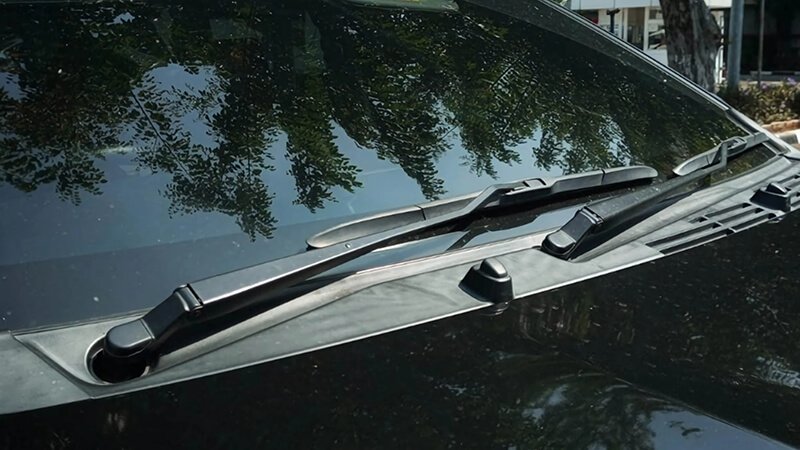Your brakes feel soft, you're hearing a grinding sound, and stopping distance is longer than it used to be. You know something's off. But is this a job for a mechanic—or could you actually do this yourself?
Yes, you can change your brake pads and rotors yourself. With the right tools, OE-spec parts like Runex Auto brake pads, and a little guidance, you can improve braking performance without stepping into a shop.
Think you're not mechanically inclined? Think again. Brake service is one of the most beginner-friendly tasks if you stick to proven steps and trust quality components. I’ve seen distributors cut returns in half just by choosing OE-spec pads. You can do this too.
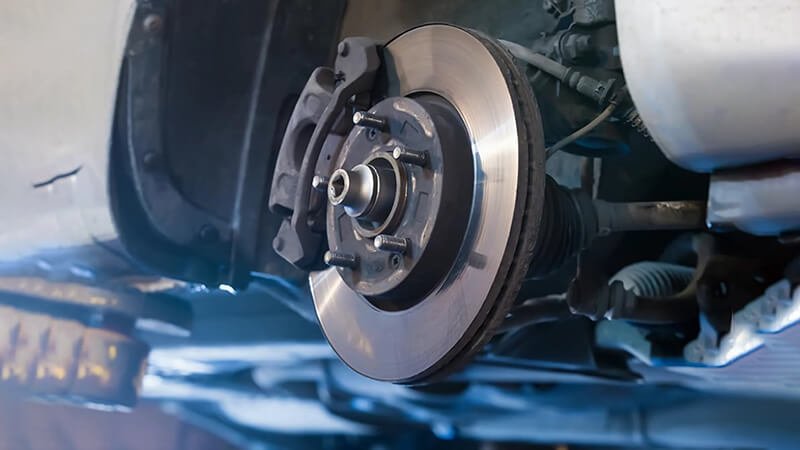
Can I replace my brake pads and rotors myself?
Everyone says brakes are “easy.” But is it true? Or will I end up with a half-torn car and a tow truck bill?
Yes, most car owners with basic tools and a jack can replace brake pads and rotors themselves. The key is following each step, avoiding shortcuts, and using high-quality, OE-spec parts like those from Runex Auto.
Why More Drivers Are Doing It Themselves
The internet’s full of DIY brake videos1 for a reason—it’s an entry-level job that teaches you how your car works. But there’s a catch: parts quality matters. A distributor I worked with kept getting high return rates due to noisy brakes and uneven wear. Their mistake? Using generic pads and random rotor brands.
Benefits of DIY with Runex Auto Brake Pads
| Feature | Benefit |
|---|---|
| OE-spec fit2 | No adjustments needed, perfect alignment |
| Pre-shimmed & chamfered | Quieter braking, less post-install noise |
| Low-dust formulation | Keeps wheels cleaner, less cleanup |
| Pre-bedded options | Shorter break-in, better initial bite |
The moment that distributor switched to Runex pads—designed to match OEM specs—his techs had fewer returns and more time for actual installs. That’s what high-quality parts do: they make everything easier, even for first-timers.
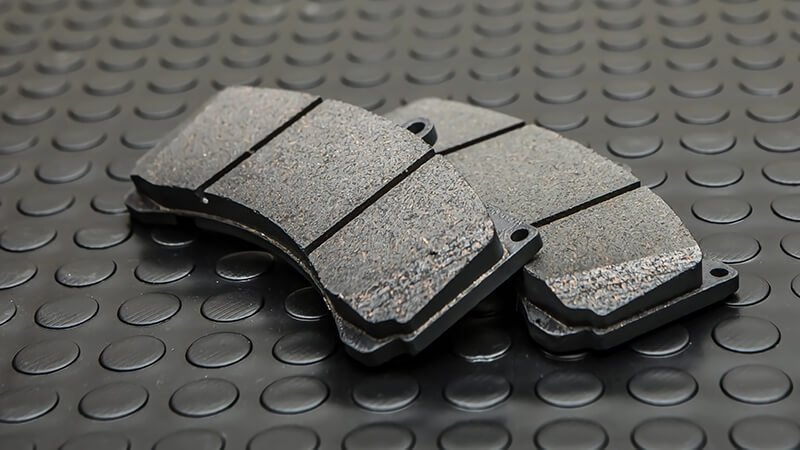
How to change brake pads and rotors step by step?
You’ve got the tools, the parts, and some weekend time. So, what exactly do you do?
Changing brake pads and rotors involves lifting the car, removing the wheel, caliper, old pads, and rotors, then installing new OE-spec components like Runex brake pads and properly torquing everything.
Step-by-Step Process
Here’s the basic workflow I’ve taught many customers—and used myself:
Step 1: Gather Tools & Parts
- Jack & jack stands
- Lug wrench
- Socket set
- C-clamp or caliper tool3
- Brake cleaner
- Runex Auto brake pads4 and matching rotors
- Gloves, rags
Step 2: Prep the Vehicle
- Park on a flat surface, engage parking brake
- Loosen lugs, jack up the car, remove wheel
Step 3: Remove Old Parts
- Unbolt caliper, hang it with a wire (don’t let it dangle)
- Slide out old pads
- Remove caliper bracket and rotor
Step 4: Clean & Compare
- Use brake cleaner5 on caliper and hub surface
- Compare old vs. new parts—Runex OE-spec pads should match shape and size perfectly
Step 5: Install New Parts
- Install new rotor
- Compress piston with C-clamp
- Slide in Runex pads
- Reinstall caliper and bracket
- Torque everything per vehicle specs
Step 6: Reassemble & Test
- Reattach wheel, lower vehicle
- Pump brake pedal to firm it up
- Test drive at low speed
Runex pads come with anti-rattle clips, shims, and chamfers pre-installed. So you’re not fiddling with extra hardware—just plug and play. One client told me, “These are the first pads I installed that didn’t squeal from day one.”
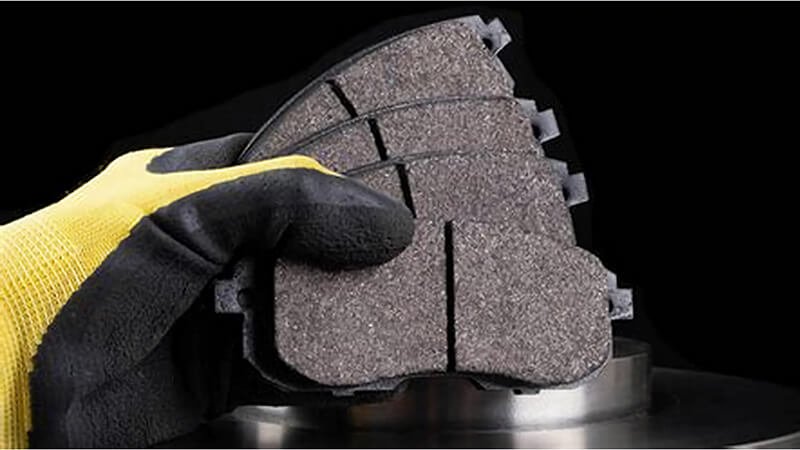
What is the 30/30/30 rule for brakes?
You’ve installed the new parts. Now what? You can’t just hammer the brakes and expect perfect performance. That’s where the 30/30/30 rule comes in.
The 30/30/30 rule means 30 slow stops from 30 mph with 30 seconds between each stop. It ensures proper bed-in of brake pads and rotors, preventing noise and uneven wear.
Why Bedding-in Matters
New pads and rotors aren’t fully bonded when you install them. Bedding them in lets friction materials transfer evenly between surfaces. Without it, you risk:
- Noise and vibration
- Premature wear
- Glazing or rotor hotspots
Runex Pads: Built for Quicker Break-In
Some of our pads, especially in the low-noise and high-performance lines, come with pre-burnished friction surfaces. That means a faster, smoother bedding-in6 experience.
| Bedding Strategy | Result |
|---|---|
| Skip it | Long-term brake noise, uneven stopping |
| 30/30/30 with Runex pads7 | Even transfer layer, quieter operation |
| Aggressive stops early on | Rotor scoring, pad glazing |
I once helped a client with a BMW fleet who skipped bed-in. Within a week, they had noise complaints and uneven rotor wear. We replaced them with Runex pre-burnished pads, and guided them on 30/30/308. Complaints disappeared.
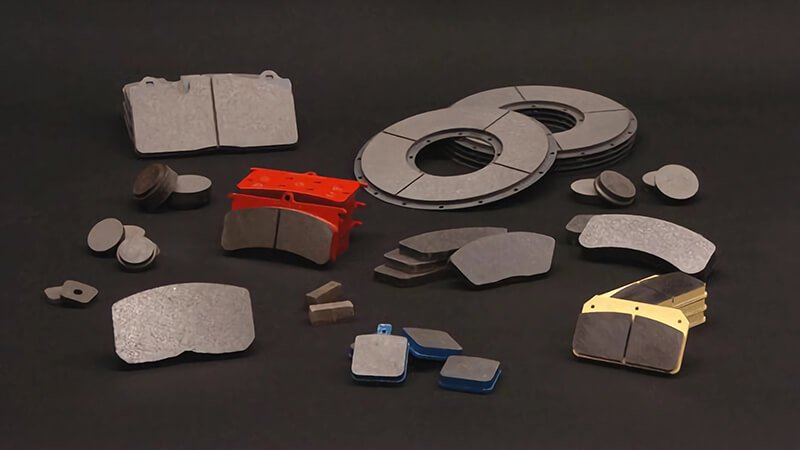
Can you replace brake pads and rotors at the same time?
It seems obvious. But not everyone does it. Some just change the pads, hoping the old rotor will "settle in." Is that really okay?
Yes, you can—and often should—replace brake pads and rotors at the same time. This ensures even wear, consistent braking, and a proper bed-in between surfaces.
Why Simultaneous Replacement Makes Sense
Pads and rotors work as a team. When one wears out, it affects the other. I’ve seen it many times—customers install new pads on scored rotors, only to hear squealing a week later.
Why We Recommend Matching Sets
At Runex Auto, we often provide matched sets of pads and rotors9 to prevent fitment issues and reduce noise. When installed together:
- Rotor surface is fresh, ensuring even pad wear
- No grooves or lips that ruin new pads
- Better heat dissipation
- Smoother pedal feel
| Replacement Option | Outcome |
|---|---|
| Pads only, old rotor | Uneven wear, noise, reduced lifespan |
| Pads and rotors together | Full contact, optimal performance |
| Rotor only, old pads | Rotor glazing, no performance gain |
That distributor I mentioned earlier? He was trying to save cost by only changing pads. After the third return, I convinced him to switch to full sets. Problem solved—and his reviews went up too.
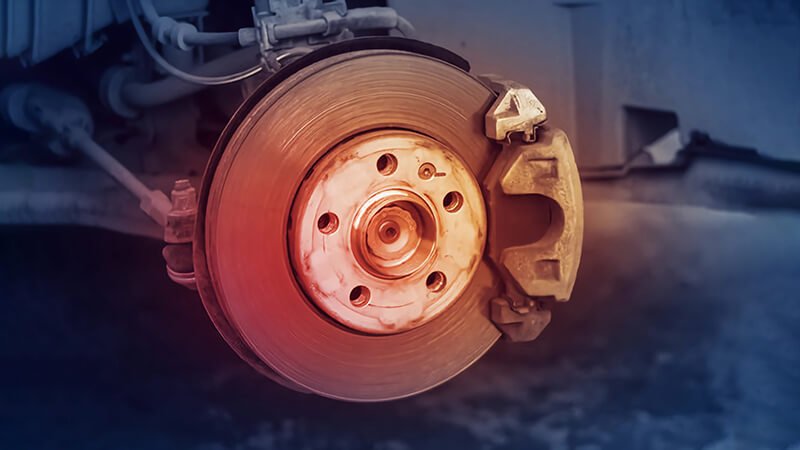
Conclusion
Changing your brake pads 10 and rotors doesn’t have to be intimidating. With high-quality, OE-spec components like Runex Auto brake pads and rotors, the process becomes smoother, quieter, and more reliable. From DIYers to large distributors, choosing the right parts means fewer returns, better performance, and happier drivers. Whether it’s your first time or your fiftieth, the key is to follow proven steps and trust parts that just work.
-
Exploring this resource will provide insights into how DIY brake videos can enhance your car maintenance skills and knowledge. ↩
-
Understanding the significance of OE-spec fit can ensure you choose the right parts for optimal vehicle performance and safety. ↩
-
Understand the role of a C-clamp or caliper tool in ensuring proper brake pad installation and function. ↩
-
Discover the advantages of using Runex Auto brake pads for your vehicle's performance and safety. ↩
-
Learn about the importance of brake cleaner in maintaining your vehicle's braking system effectively. ↩
-
Understanding bedding-in is crucial for optimal brake performance and longevity. Explore this link to learn more about its significance. ↩
-
Runex pads offer advanced features for better braking. Discover how they can enhance your vehicle's performance by clicking here. ↩
-
The 30/30/30 strategy is a proven method for effective bedding-in. Learn how it can benefit your braking system by exploring this resource. ↩
-
Exploring this resource will provide insights into the advantages of matched sets, ensuring optimal performance and longevity for your vehicle's braking system. ↩
-
Find the best brake pads from Runex Auto. ↩








